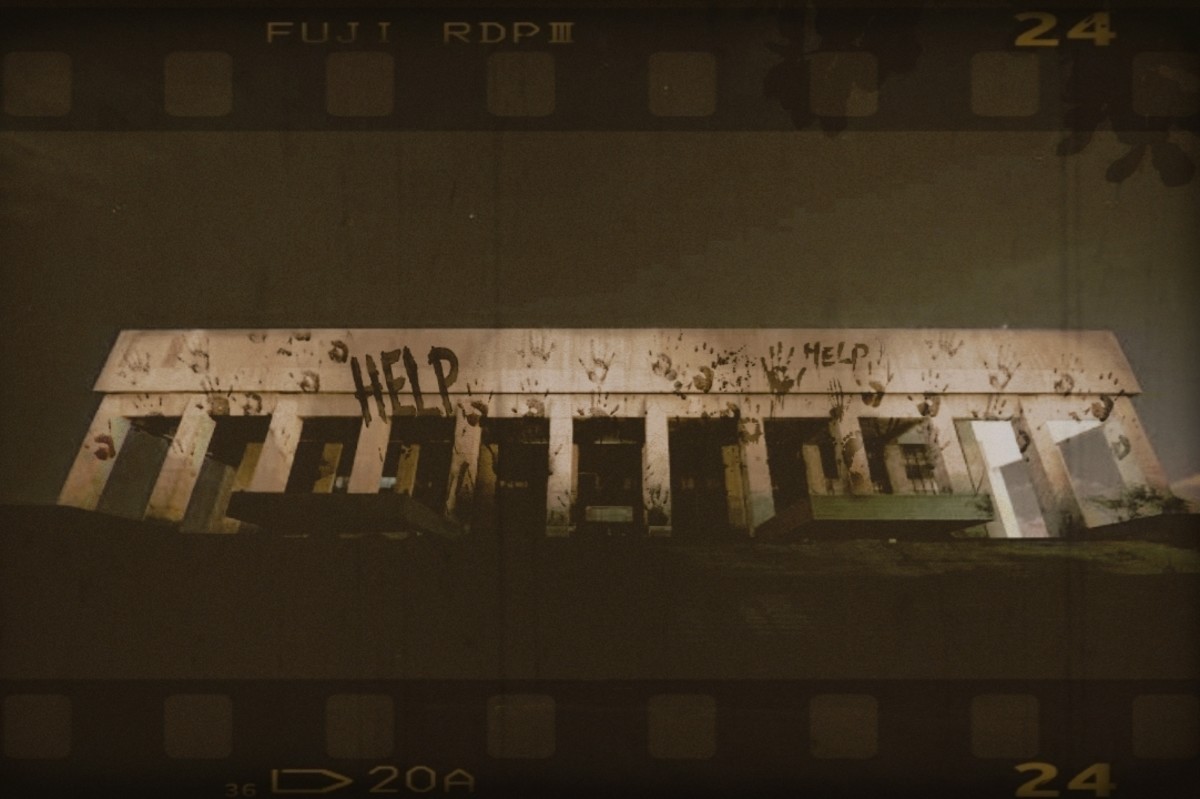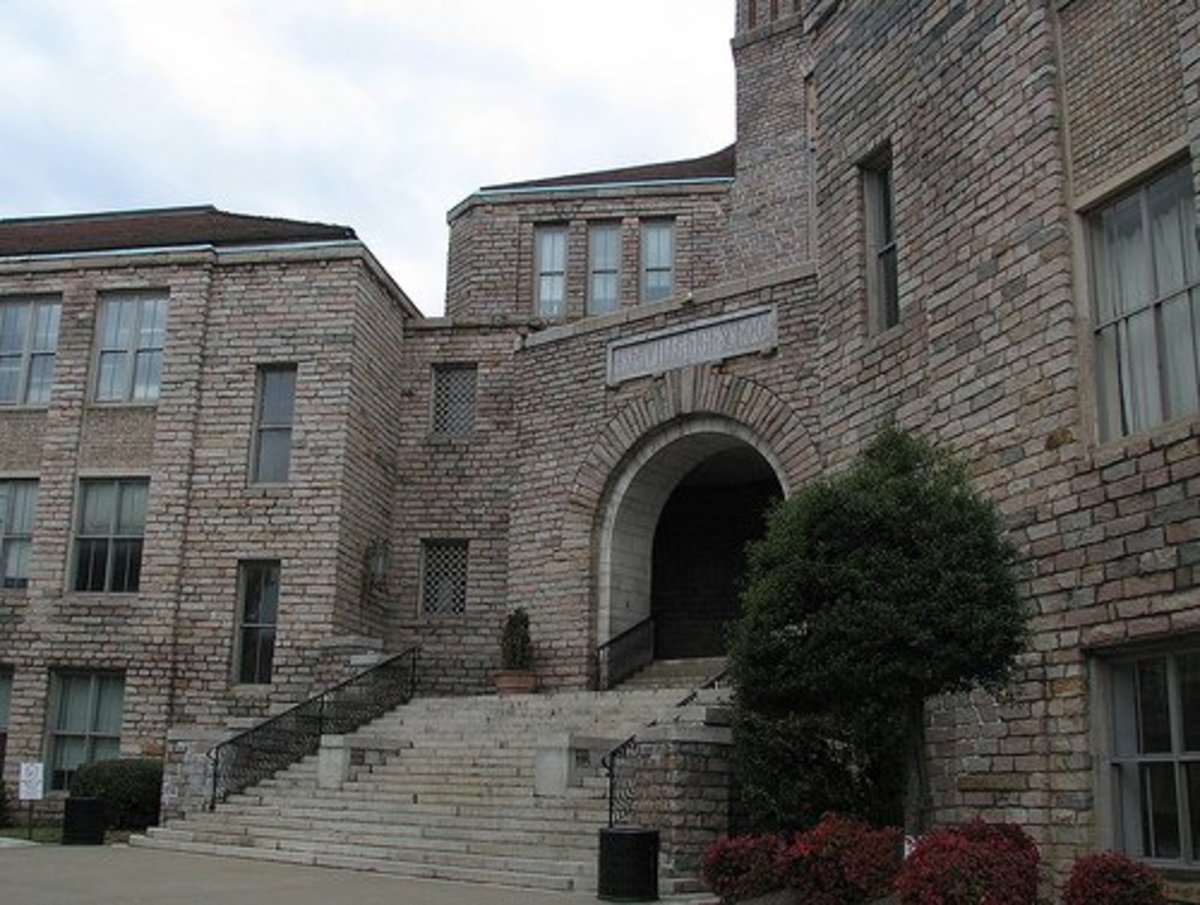The Haunted House That Wasn't
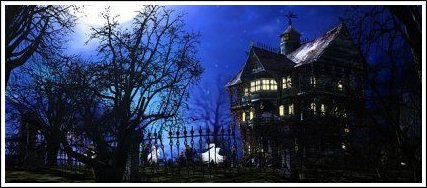
The Congolier Mansion
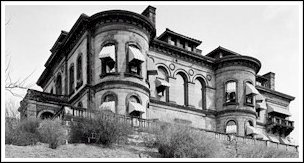
The brick and mortar mansion once stood at 1129 Ridge Avenue, in the Manchester neighborhood of Pittsburgh and enjoyed the dubious distinction of being known as the Most Haunted House in America. The house was built by Charles Wright Congelier, who lived there with his wife, Lydia and a young servant girl named Essie. Charles was known to be a greedy carpetbagger who had made a fortune in Texas during the reconstruction period following the Civil War.
As the story goes, everything began in the winter of 1871. Charles was discovered having an affair with Essie by his wife. Lydia murdered them both in a grisly fashion.
One afternoon, Lydia rang the servant’s bell, but Essie did not respond. After an unfruitful search of the house, Lydia decided to check the servant’s quarters. As Lydia approached Essie’s room she heard the unmistakable sounds of her husband and Essie making love. She went to the kitchen, got a butcher knife and meat cleaver, then returned to Essie’s room brandishing the weapons and screaming in uncontrolled rage.
Charles and Essie jumped out of bed, scrambling to put their clothes on. Lydia burst into the room catching the two in various stages of undress. She buried the meat cleaver in her husband’s forehead and stabbed him repeatedly with the knife. Essie stood by screaming in paralyzed terror. When she was finished with Charles, Lydia turned her anger on Essie and decapitated her with the cleaver.
Days later, a friend of the family stopped by checking to see if everything was alright, since he hadn’t heard from them in a while. After knocking several times with no response he entered. He found Lydia in the parlor rocking in her favorite chair. In her lap, swaddled in a bloody blanket, was Essie’s head.
The man fled from the house in terror and alerted authorities. Lydia was arrested, found to be insane and was committed to a mental institution for the rest of her life.
Because of the horrors which had occurred there, the house remained empty for the next 20 years. But, in 1892 the house was renovated and became a residence for railroad employees. But, it didn’t stay occupied long as residents soon moved out claiming they had heard the disembodied screaming and sobbing of a woman and sounds of a creaking rocking chair in the parlor. The residents also claimed to have felt mysterious cold drafts and seen unexplained shadowy figures moving about. Once again, the former mansion became vacant.
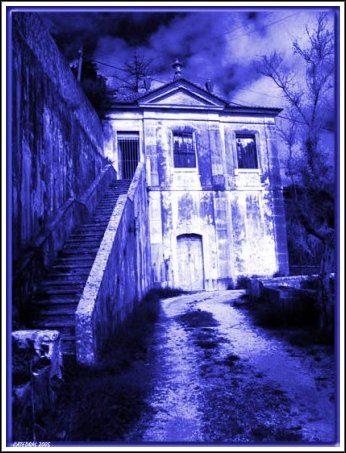
Around 1900, a Dr. Adolph C. Brunrichter purchased the property. Outside of his practice the doctor was a recluse and rarely seen. On August 12, 1901 an explosion in the mansion rocked the neighborhood. All of the windows were blown out, the sidewalks were cracked and smoke was billowing out of the windows. It is thought a gas line had exploded.
By the time the police and fire department responded a crowd had gathered. Firemen searched for the doctor but he was nowhere to be found. However, what they did find sent chills down their spines. Apparently the doctor had been conducting experiments on several females. They found the decomposed body of a female strapped to a bed and five decapitated young women in the basement.
The house remained vacant for several years before the damage from the explosion was repaired. The Equitable Gas Company bought the property to house its’ immigrant workers. These workers also experienced unexplained, mysterious occurrences but considered them pranks by irate Americans they had replaced for lower wages. However, they weren’t pranks. One night two immigrant workers were found dead in the basement. One had a board driven through his chest and the other hung from a rafter. They had both been seen alive minutes earlier. Their fellow workers immediately packed up and moved out.
From about 1915 the house again sat vacant. But, reportedly in late 1920 famed scientist and inventor Thomas Alva Edison came to study the house. Allegedly, Edison was working on a device to communicate with the dead. Unfortunately, he died before the machine was completed.
In September of 1927, a drunk claiming to be Dr. Adolph Brunrichter was arrested. He told police gruesome stories of torture and murder he had committed in the house. However, the authorities could not establish if the person they had in custody was Dr. Brunrichter. The police, believing the stories were merely the ramblings of a harmless drunk, released the man. He was never seen again.
On November 14, 1927, natural gas containment tanks of the Equitable Gas Company exploded. The blast damaged many buildings in the area and demolished the Congolier Mansion. It was estimated 28 were killed, 600 injured and nearly one hundred were missing. The only structure completely destroyed was the Congolier mansion.
A ghastly story, wouldn’t you say? It would be if it were true. Except for a few details the story is a complete fabrication.
Research shows the house was built in the 1880s not the 1860s. Census records and land and real estate transfers do not exist for anyone named Charles Wright or Lydia Congolier. No records show the Congolier’s or the maid, Essie ever existed. There are no police records of the two railroad immigrant murders. And no one by the name of Congolier was ever admitted to the mental institution there. Doctor Adolph Brunrichter or anyone with a spelling even close, was ever located. No explosions took place at the house and no bodies or secret graves were ever found. As for Edison’s 1920 visit, there is no evidence he ever visited Pittsburgh at the time the story suggests.
However, there was a Congolier family living in the house…but they moved in during the 1920s, not 1860s. In fact, the only death at the house was on the morning the Equitable Gas Company containment tank exploded. Mrs. Marie Congolier was hit by a fragment of glass that severed a carotid artery. The house sustained only minor damage and stood for many years before being razed to accommodate a new Route.
Although the haunted mansion tale has been thoroughly discredited, it still persists. Apparently, everyone loves a good ghost story, whether true or not.

